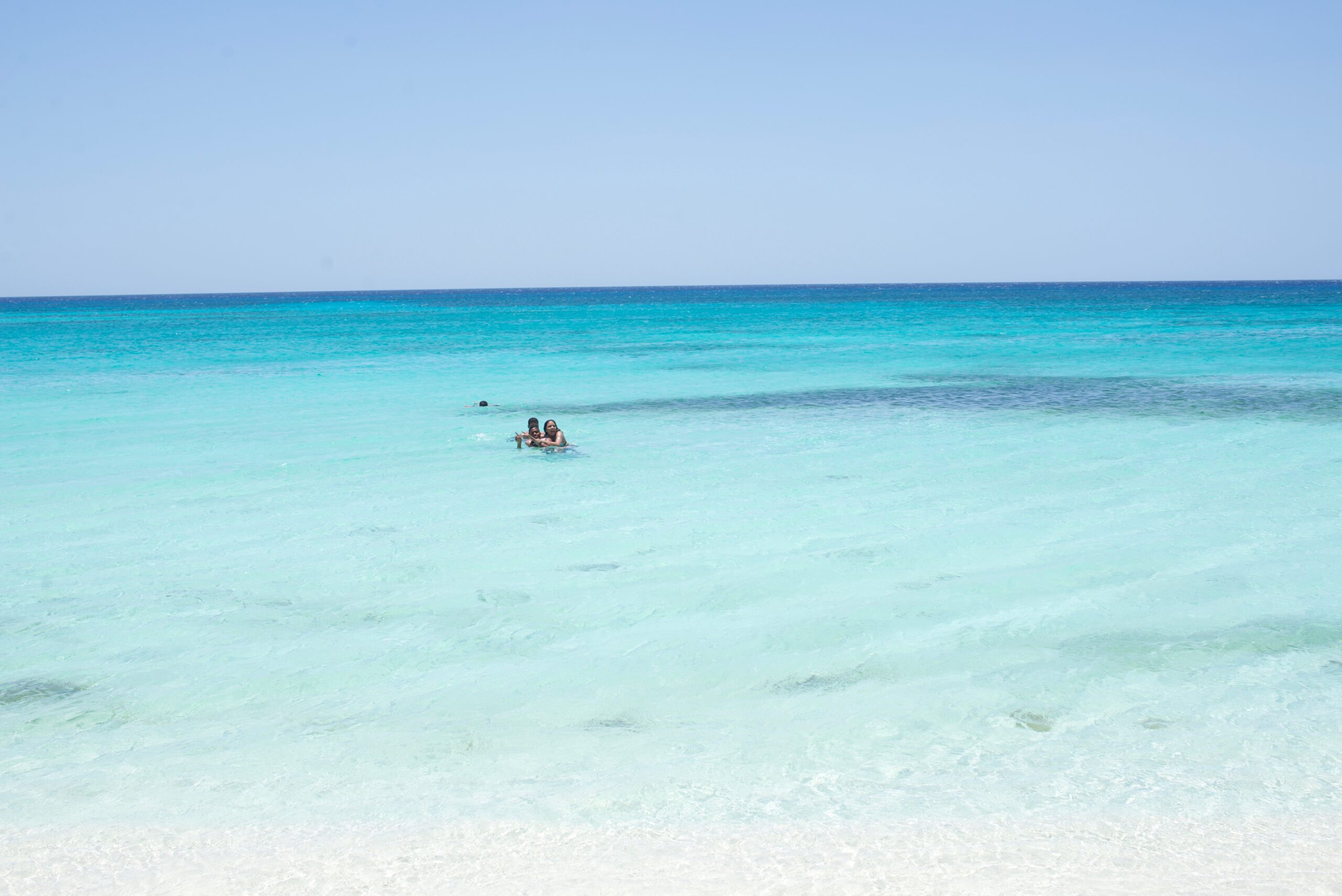Claro, aquí está un artículo de 1,000 palabras sobre los mejores lugares para visitar en la República Dominicana:
La República Dominicana es un destino turístico popular, conocido por sus playas de arena blanca, aguas cristalinas y vibrante cultura. Además de sus playas, la República Dominicana también ofrece una amplia variedad de opciones de turismo, desde montañas hasta ciudades coloniales y pueblos de montaña. Aquí hay una lista de los mejores lugares para visitar en la República Dominicana.

- Punta Cana: Punta Cana es uno de los destinos turísticos más populares en la República Dominicana. Con playas de arena blanca y aguas turquesas, es el lugar perfecto para relajarse y disfrutar del sol. Además, Punta Cana ofrece una amplia variedad de actividades acuáticas, como buceo, snorkel y paseos en barco.
- Santo Domingo: Santo Domingo es la capital de la República Dominicana y es conocida por su rica historia y cultura. Es un lugar ideal para aquellos que disfrutan de la exploración urbana y la cultura, con una amplia variedad de museos, iglesias y monumentos históricos para visitar.
- Samaná: Samaná es una hermosa península en la República Dominicana, conocida por sus playas de arena blanca, aguas cristalinas y hermosas montañas. Es un lugar perfecto para aquellos que disfrutan de la naturaleza y las actividades al aire libre, con opciones como senderismo, paseos en barco y avistamiento de ballenas.
- Jarabacoa: Jarabacoa es un hermoso pueblo de montaña en la República Dominicana, conocido por su impresionante paisaje y clima fresco. Es un lugar perfecto para aquellos que disfrutan de las actividades al aire libre, como el senderismo, el rafting y el equitación.
- La Romana: La Romana es una ciudad costera en la República Dominicana, conocida por su vibrante vida nocturna y hermosas playas. Es un lugar ideal para aquellos que disfrutan de la fiesta y el sol, con una amplia variedad de bares, clubes y restaurantes para elegir.
- Bayahibe: Bayahibe es un pequeño pueblo costero en la República Dominicana, conocido por sus playas de arena blanca y aguas cristalinas. Es un lugar perfecto para aquellos que buscan un ambiente relajado y tranquilo, con opciones para snorkel
- y buceo en el Parque Nacional del Este. Además, Bayahibe es un lugar popular para los amantes de la naturaleza, con varios senderos y excursiones disponibles para explorar la selva tropical y ver aves y animales salvajes.
- Puerto Plata: Puerto Plata es una ciudad costera en la República Dominicana, conocida por su vibrante vida nocturna y hermosas playas. Además de sus playas, Puerto Plata también ofrece una amplia variedad de opciones de turismo, desde montañas hasta ciudades coloniales y museos.
- Bávaro: Bávaro es una hermosa playa en la República Dominicana, conocida por sus playas de arena blanca y aguas cristalinas. Es un lugar ideal para aquellos que disfrutan de las actividades acuáticas, como el buceo, el snorkel y los paseos en barco. Además, Bávaro también ofrece una amplia variedad de opciones para el turismo, desde tiendas y restaurantes hasta discotecas y bares.
- Higüey: Higüey es una ciudad en la República Dominicana, conocida por su rica historia y cultura. Es un lugar ideal para aquellos que disfrutan de la exploración urbana y la cultura, con varios museos y monumentos históricos para visitar, incluyendo la Catedral de Nuestra Señora de la Altagracia.
- Sosúa: Sosúa es un pequeño pueblo costero en la República Dominicana, conocido por sus playas de arena blanca y aguas cristalinas. Es un lugar perfecto para aquellos que buscan un ambiente relajado y tranquilo, con opciones para el senderismo, el buceo y el snorkel. Además, Sosúa es un lugar popular para los amantes de la vida nocturna, con varios bares y clubes para disfrutar.

En resumen, la República Dominicana es un destino turístico vibrante y diverso, con opciones para todos los gustos y estilos de viaje. Desde playas de arena blanca y aguas cristalinas hasta ciudades coloniales y montañas, la República Dominicana tiene algo para ofrecer a todos. ¡Planifica tu viaje hoy y explora todo lo que este hermoso país tiene para ofrecer!